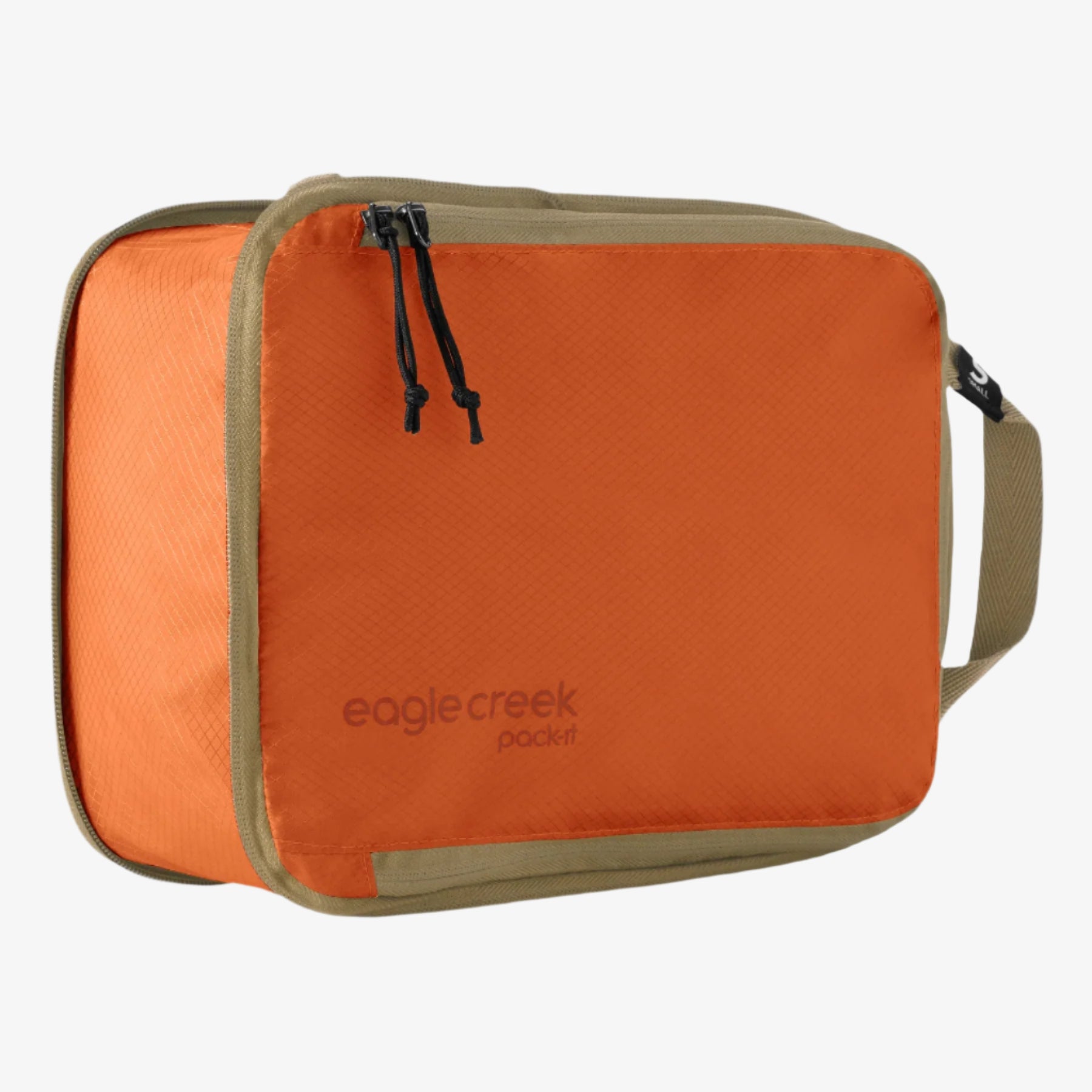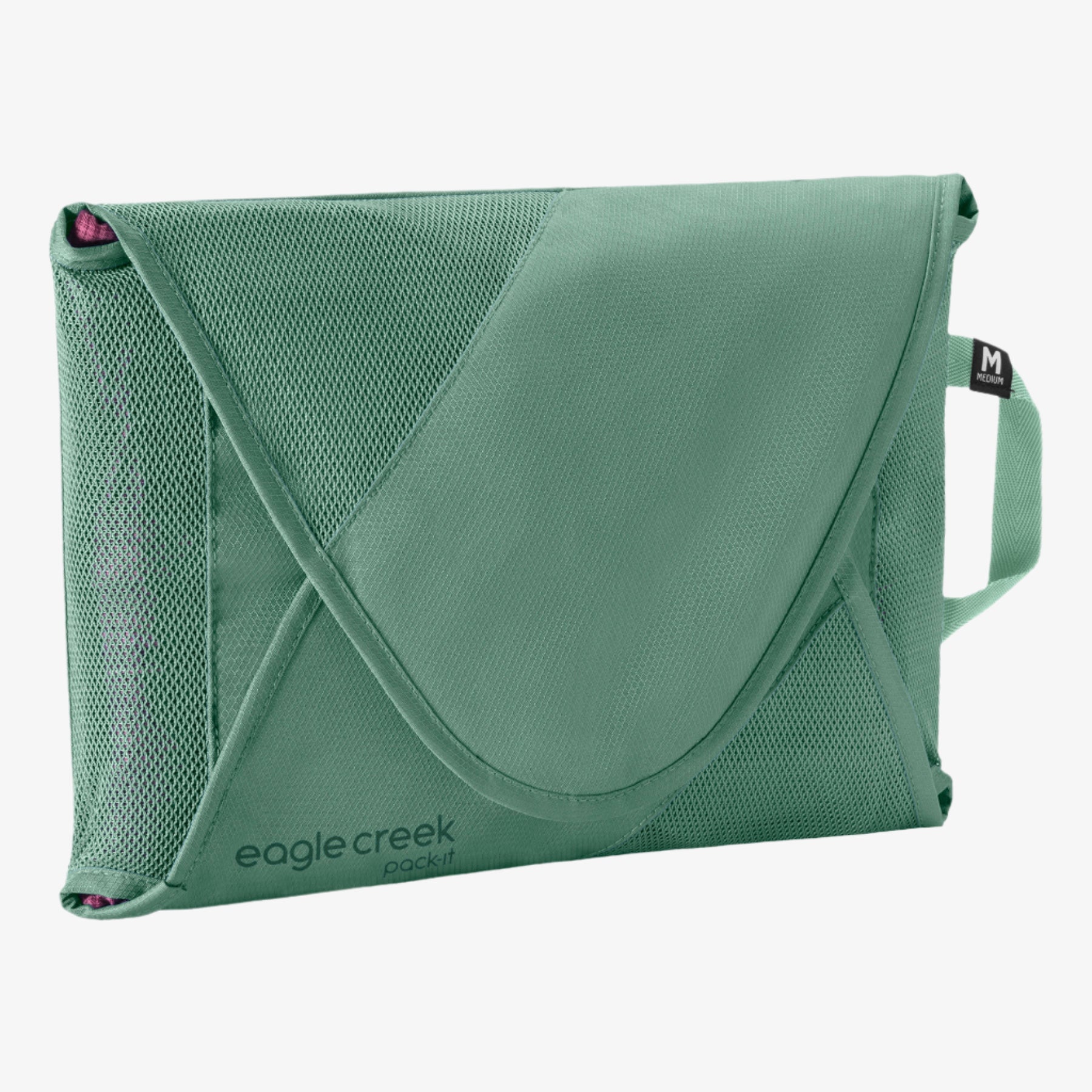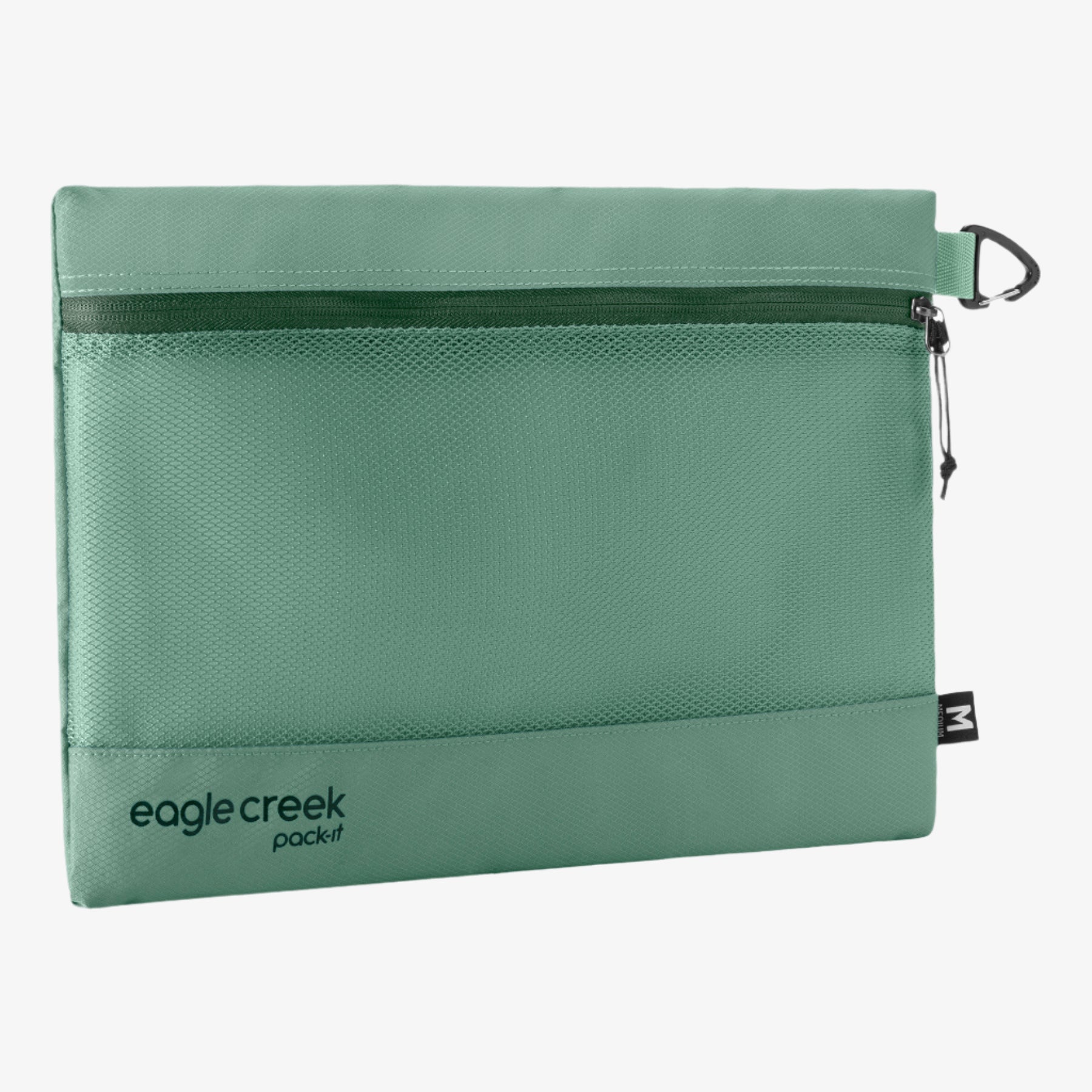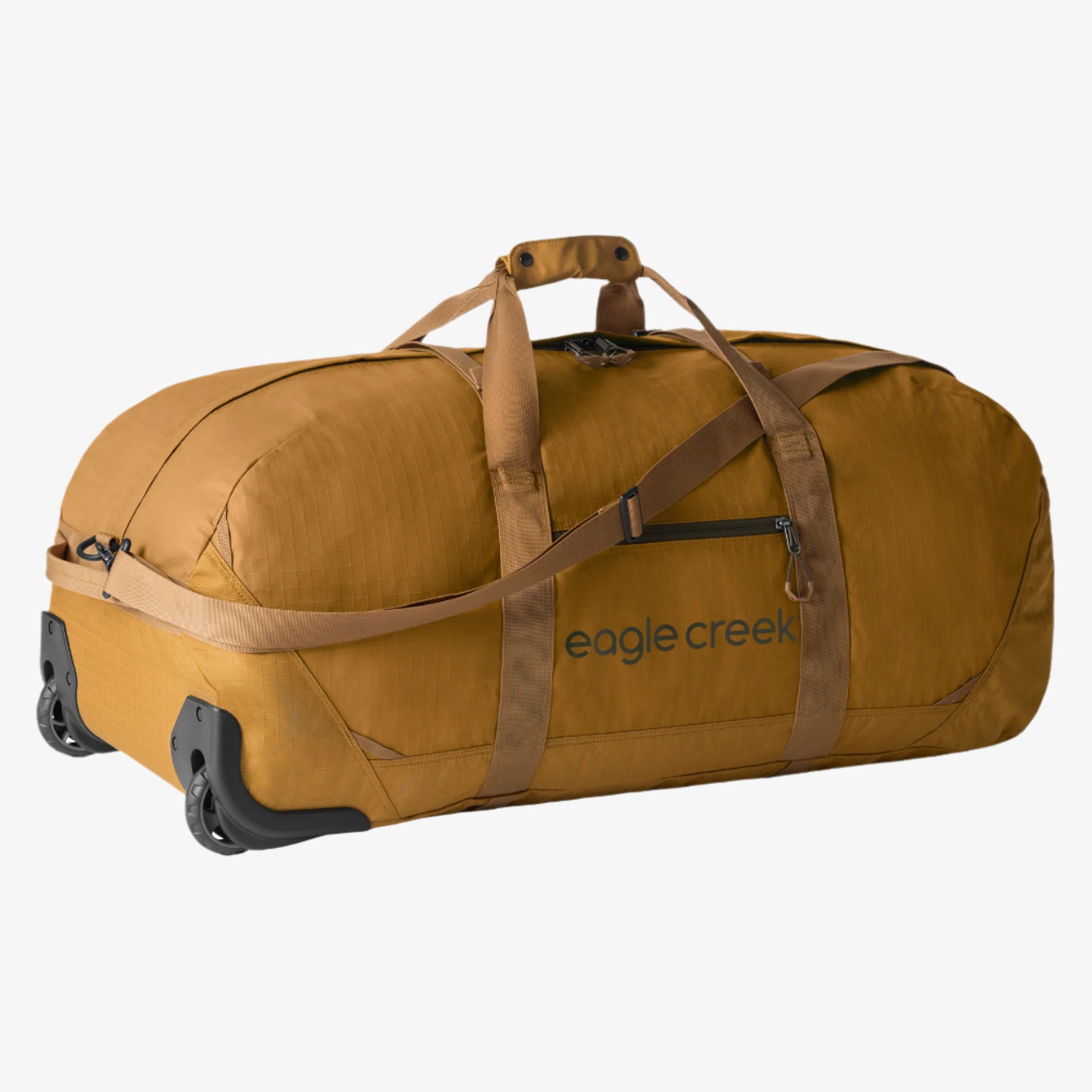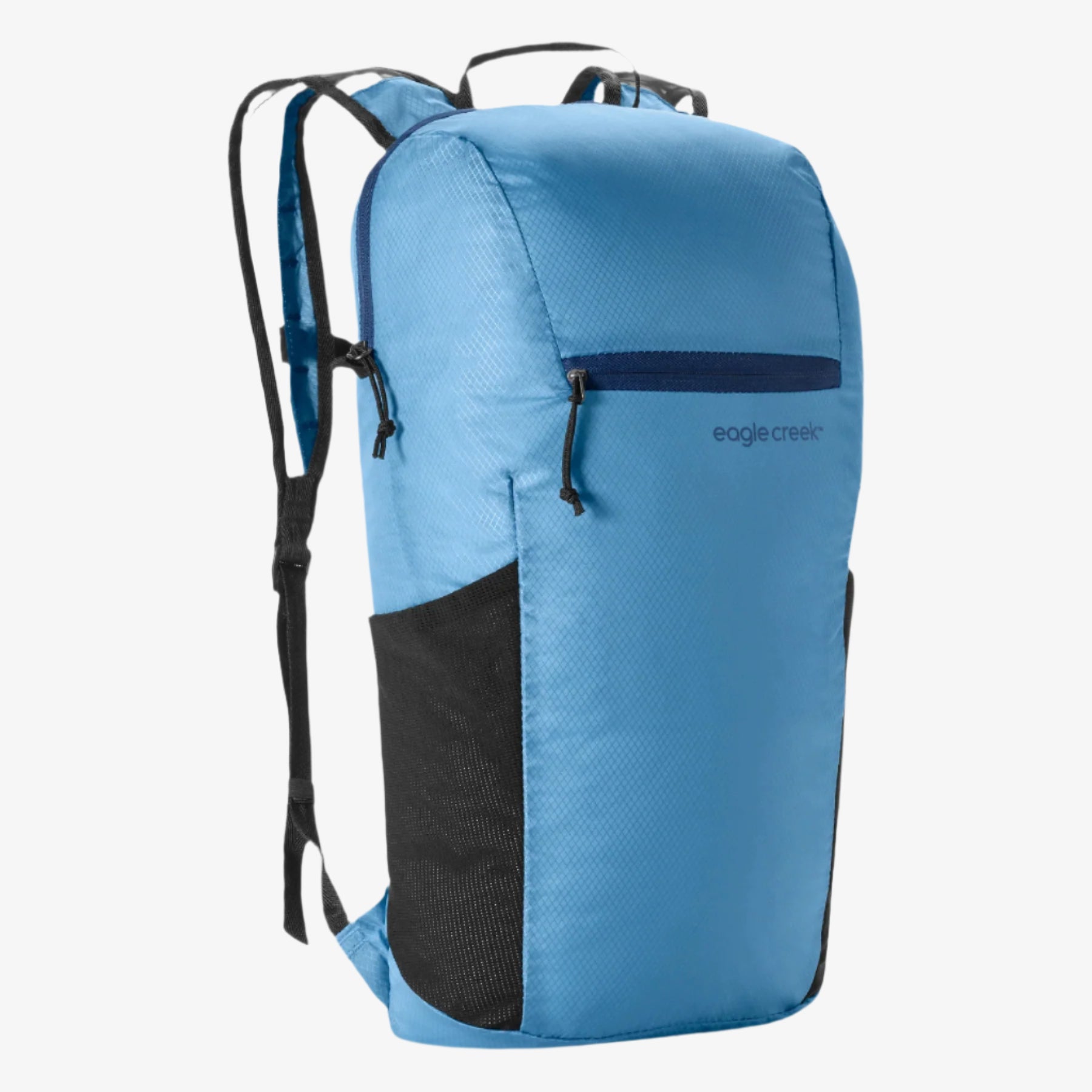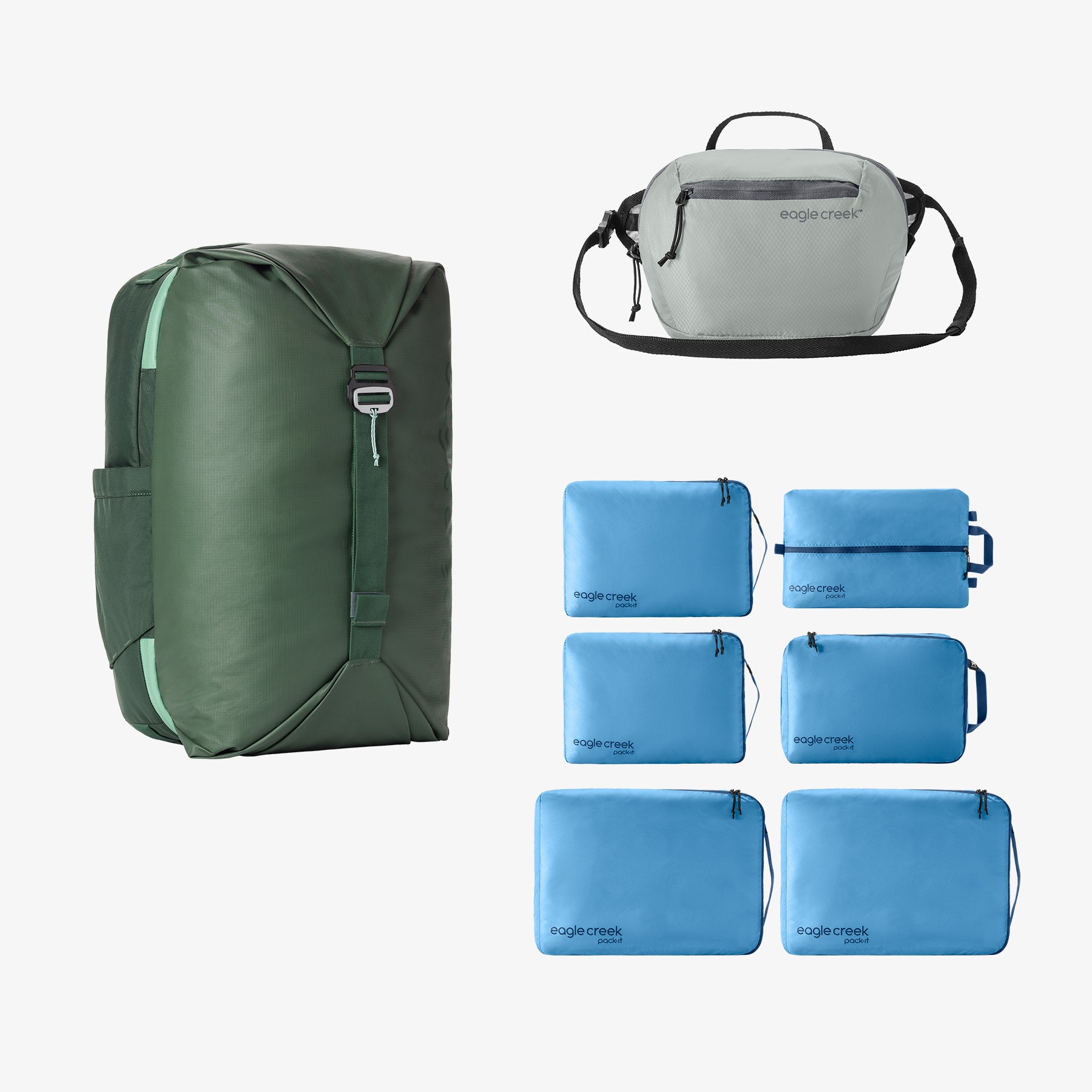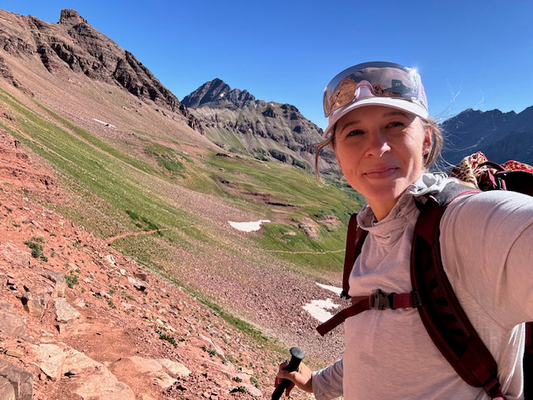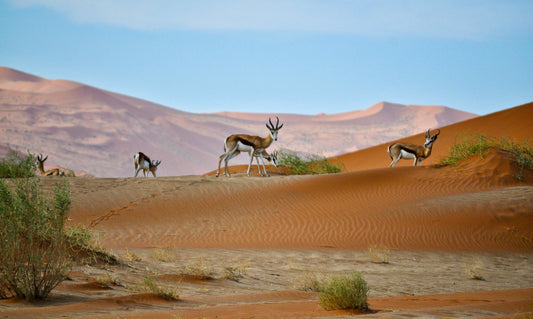Species extinction and catastrophic climate change are two big threats to all life on earth. Rewilding is a way to restore our relationship with the natural world and it’s providing hope for our future.
What Is Rewilding?
Rewilding creates conditions for nature to thrive and enables the natural world to restore damaged ecosystems and boost biodiversity through its own process of survival and self-governance. A progressive approach to conservation, those who promote and practice it believe we should step back and allow nature to manage itself.
Examples of rewilding include:
- Protecting, expanding, and connecting ancient woodlands to increase carbon storage and promote biodiversity
- Reintroducing missing species to fill crucial gaps in ecosystems
- Setting aside large areas for nature to evolve and restore the ground on its own terms
- Reconnecting rivers with floodplains to slow the flow, ease flooding, and create a mix of new habitats
Why We Need Rewilding
Conservationists have worked tirelessly for decades to save species that are threatened by extinction; however, this targeted approach ignores the wider needs of our planet’s life support system.
Rewilding aims to restore the natural processes that support all life on earth.
How To Support the Rewilding Effort
Some simple ways to support the global rewilding effort are to:
- Allow nature to flourish in your garden
- Support local rewilding campaigns and issues
- Donate, fundraise, or give your time to a local rewilding project
- Rewild your shopping habits by making informed purchase decisions and supporting brands that are committed to building a better planet
The Best Rewilding Projects to Visit in the U.S.
Here are a few of the best places to witness nature reclaiming America.
Yellowstone National Park, stretching across Wyoming, Montana, and Idaho
The recent reintroduction of the gray wolf by the US Fish & Wildlife Service has plugged a vital gap at the top of the food chain and helped to control the vast numbers of elk and deer that were striping Yellowstone’s plains of plant life. The falling numbers of these herbivores has enabled trees and shrubs to regrow, thus attracting insects, birds, and beavers and returning natural balance to the region’s ecosystem.
Tip: Planning a visit? Check out these 5 unique things to do in Yellowstone and restock your collection of gear cubes for easy access to your photography essentials on the trail.
Heartland Ranch Nature Preserve, Colorado’s southern plains
Historically, bison were one of the keystone species that helped to maintain the delicate ecosystem of Colorado’s shortgrass prairie by ripping out shrubs and creating a patchwork or taller and shorter grass areas that enable prairie birds, wildflowers, and toadstools to thrive. However, these wildlife-rich habitats were cleared to make way for large-scale cattle farming. To restore the region to its former glory, the Southern Plains Land Trust is buying up farmland and returning it to nature by reintroducing bison.
Tip: Visit the vast Heartland Ranch Nature Preserve as part of an epic Colorado road trip and pack a travel duffel bag that you can easily lift in and out of your ride every time you make camp.
Pinnacles National Park, California
Thanks to the highly varied climate conditions in California’s Pinnacles National Park (due to the large difference in elevational limits) nature has a firm hold over its landscapes. Despite this, over the last century human interference has had a catastrophic impact on one of its most notable residents, the majestic California Condor—North America’s largest land bird that became extinct in the wild in 1987.
Their extinction prompted one of the U.S. Fish & Wildlife’s costliest ever reintroduction programs and fortunately it proved to be a success as there are now dozens of these birds soaring high over the Golden State and within the boundaries of the park.
Tip: Travel prepared for adventure with the help of our National Parks packing list and keep your clean and dirty clothing in check during your stay with the help of a clean/dirty gear cube.
We only thrive if nature thrives, so supporting rewilding efforts in your state is one of the best ways to establish a strong connection to the natural world. Looking for ways to travel more sustainably? Choose these sustainable travel essentials next time you need to stash and restock for an adventure.
Related Links:
Think Beyond Leave No Trace When Outdoors
5 Off Beat Wildlife Refuges That You Need To Visit
Where To Go Foraging In The Wild









